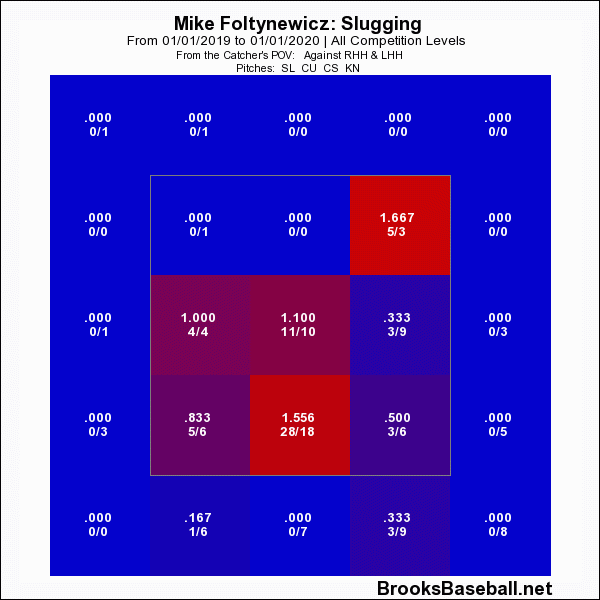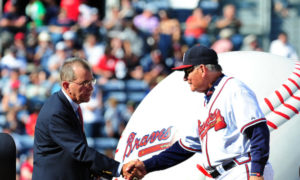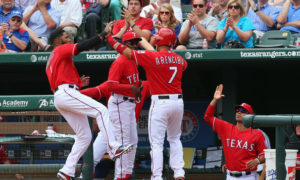What Happened to Mike Foltynewicz?
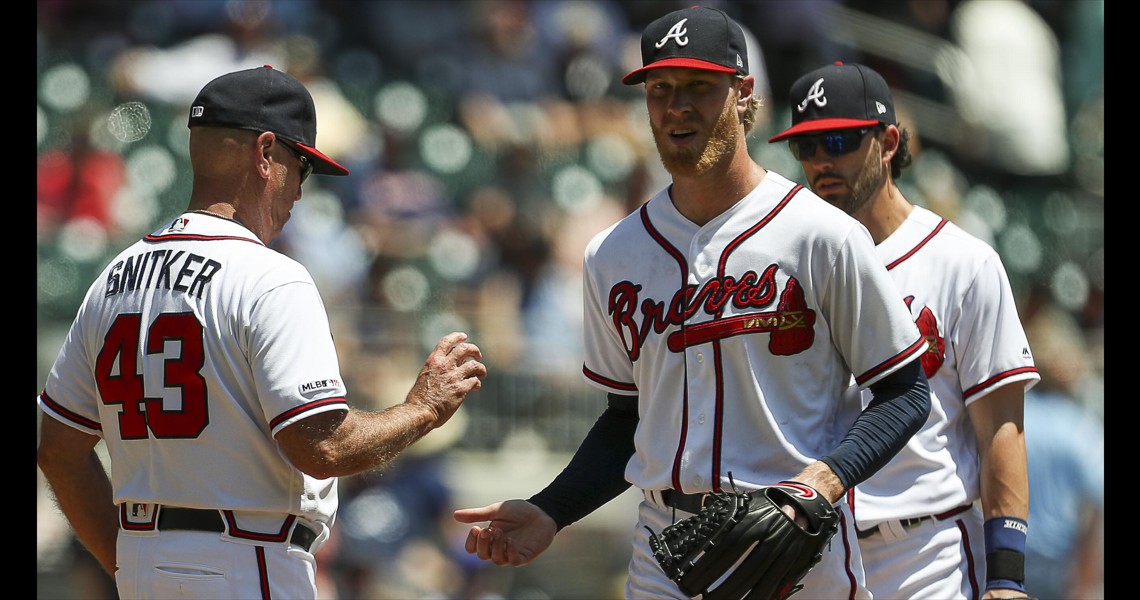
In 2018, Mike Foltynewicz -Folty- was an All-Star and finished the season with a 2.85 ERA and 202 strikeouts, which was good enough for one voter to list him among the top 5 pitchers in the Majors on his Cy Young Award ballot.
On Sunday, just 11 games started later, Folty was optioned to the Minor Leagues. The Braves sent their former Ace to the minors because of the 6.37 ERA that would be the worst in the league if he had enough innings to qualify. It’s been a far, fast fall for Folty. What happened?
In early 2018, I wrote about Folty’s new changeup and how that pitch might be the key to success for the frustratingly talented starter. It was apparent from those early stages in 2018 that something was different about the then 26-year-old.
Well, 2019 has not gone as smoothly. He started Spring Training battling elbow soreness that is the result of bone spurs. He missed most of March tinkering and has been battling to catch up since. It was part of the reason why the Braves were somewhat fine with his first few starts’ lack of velocity (He was merely throwing 94 in his first few starts back).
That elbow problem would lead some to conclude that the problem must be his stuff- that he’s not throwing as well and that he no longer has the same weapons to put people away. Well – not quite.
Chart Time
There’s two charts below. One is his whiff percentage, which shows how often batters are swinging and missing. The other shows vertical drop over the last few years. I could have easily displayed horizontal movement, or velocity, but the point is there appears to be no discernible difference in the shape or speed of his pitches. Sure – there are minor things, but every pitcher goes through small shifts in movement daily.
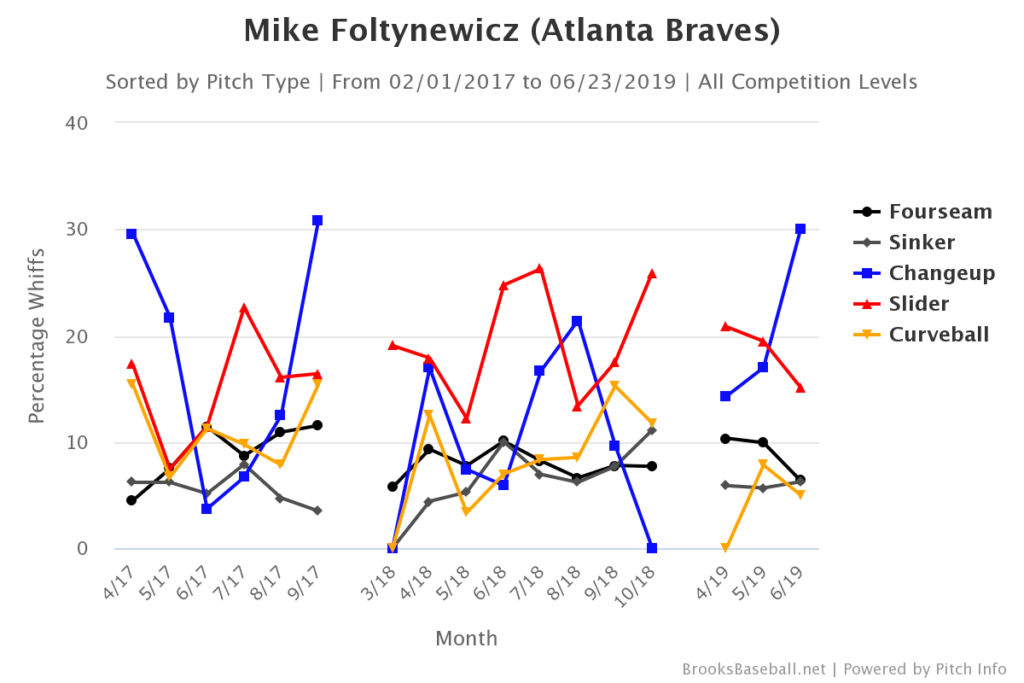
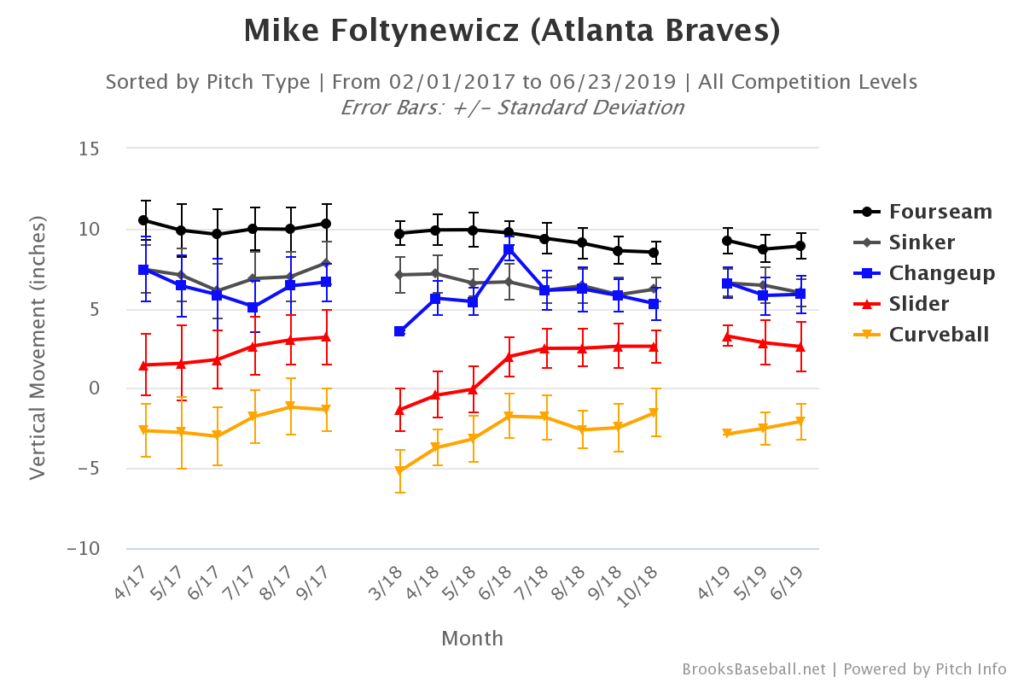
So if the problem is not the (excellent) types of pitches that are coming from Folty’s gifted right hand, then what is the problem?
David O’brien appeared to suggest the problem is in Folty’s approach: “He made so much progress last year in controlling his emotions and body language, but he’s regressed in those areas this year, which I can only assume is frustration spilling over.” Without the ability to understand the nuances of Folty’s mental “approach”, we’re still left looking for answers.
Number Time
The answer appears to be in Folty’s HR rate. He’s giving up nearly 2.5 dingers per 9 innings, which is up from .8 last year and well above the league average of 1.4. He’s giving up tons of homers. In fact, 66% of the earned runs that he has allowed this year have come from homeruns. If you remove those, which like, isn’t really how it works but does a good job of showing the damage that those homeruns have caused, he would have a 2.12 ERA. We compare that to last year in the table below:
| ER from HR | ER Allowed | ERA without HR | Real ERA | |
| 2019 | 28 | 42 | 2.12 | 6.37 |
| 2018 | 25 | 58 | 1.62 | 2.85 |
So we see that the homeruns have been particularly damaging, and that makes sense since he is allowing more runners to on base- about 30% more often than he did last year. That’s really not good. Given that, we would expect each homerun to be about 30% more damaging than it was a year ago. We can think of this roughly as an extra baserunner on base every 3 homeruns. However, he’s actually been about 10% more lucky in when he gives up homeruns than that rate would suggest. Basically – in 2018, he gave up 1.45 runs/HR. In 2019, given his WHIP, we would expect that to be 1.9 runs/HR, but it has actually been 1.75.
This may seem like a small deal, but it shows that it’s more the quantity of homeruns that Folty has surrendered than the quality. This is not the case of a pitcher giving up a few unlucky 3-run homeruns, but a pitcher giving up lots of homeruns and, more generally, hits.
So we keep digging. Is it a catcher problem? No, not really. Folty has struggled to a 6+ ERA with both Tyler Flowers and newcomer Brian McCann.
Heatmap Time
Pitch location and sequencing can be a difficult thing to quantify, but Folty’s fastball has been roughly equally erratic since the start of 2018. He has the roughly the same percentages of high, middle, and low fastballs. The only thing that I could find of any real insight is the damage done against the breaking pitches.
You’ll notice in the above that Folty gets lit up when he leaves the breaking ball in the zone. That’s true for most pitchers, including the good version of Folty from 2018. The difference here is that he has not quite gotten the breaking ball below the zone recently. He’s leaving it just at the bottom of the zone and getting destroyed for it. The difference between a hanging breaking ball and a strikeout pitch can be those 2 inches.
Life is hard. And so Folty heads to the minor leagues to search for answers. Shifting the shape and location of his breaking pitches won’t solve all his problems. He’s got a long way to go.
Struggling on the big league stage has to be weird. Imagine struggling at something that you’ve always been so good at. Imagine doing the same thing only to find that it’s no longer good enough. Imagine not knowing why. That’s what Folty is dealing with.
There are likely a million things to improve, an avalanche of suggestions from both within his psyche and from coaches and grocery store clerks. Imagine being fiercely competitive and trying to apply just one at a time.
I do not envy the position that Folty finds himself in, but I do envy the readings that he can still generate on a radar gun. Others have been through this, including Jon Gray last year, but the fall from Cy Young contender to minor league bus rides with Folty is especially rapid. He’ll go and search for answers, to relocate the mixes that made him an Ace last year, and he’ll hope to make the title of this post more short-term and trivial than existential and fodder for trivia.
-Sean Morash


